- Home
- ::
- Nirvana ANA (ANA) Crypto Coin Explained - How It Works, Risks & Market Snapshot
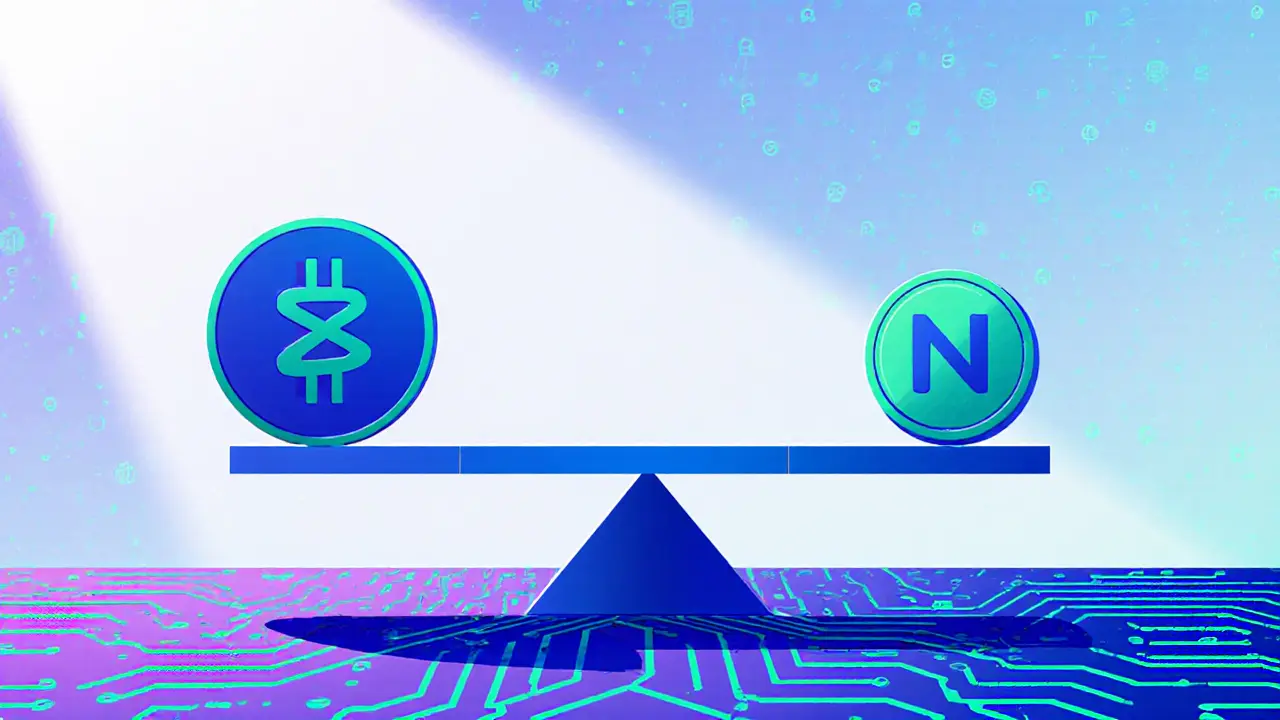
Nirvana ANA (ANA) Crypto Coin Explained - How It Works, Risks & Market Snapshot
ANA Yield Calculator
Lock ANA to mint NIRV, then borrow NIRV with negative interest (meaning you earn a small amount while borrowing). Current estimate: 0.05% daily interest on borrowed NIRV.
Important: This is theoretical. Actual returns depend on market liquidity and price stability. With daily trading volume under $3k, your actual earnings may be significantly less due to slippage.
Critical Liquidity Warning
With daily trading volume under $3,000, you might not be able to exit your position without significant price impact. Slippage could wipe out your potential earnings. This tool shows theoretical calculations only - real-world results may be much lower or zero due to low liquidity.
Key Takeaways
- ANA runs on Solana and pairs with NIRV to create a twin‑token system.
- Market cap sits around $32.5million with daily volume under $3k, making liquidity a serious issue.
- Claims include a "negative‑interest" loan on NIRV, but no audits or solid documentation back it up.
- Not listed on major exchanges; buying requires a Web3 wallet and DEX navigation.
- Compared to Terra’s UST or Frax, ANA is tiny, less transparent, and far riskier for everyday users.
Did you know that one exchange showed the Nirvana ANA token price at $4.62 while another listed it below $0.13 on the same day? That kind of swing isn’t just eye‑watering-it signals a market that’s barely liquid and wildly inconsistent.
Nirvana ANA (ANA) is a cryptocurrency built on the Solana blockchain that uses a twin‑token model to combine algorithmic wealth storage with a super‑stable token. The project promises an "algorithmic metastable token" for wealth preservation (ANA) and a "decentralized superstable store of value" (NIRV). In theory, the volatile side fuels the stable side, letting users take out zero‑liquidation loans that actually pay you interest.
What Is Nirvana ANA?
At its core, ANA is part of a twin‑token ecosystem. The NIRV token serves as the ultra‑low‑risk stablecoin, while ANA acts like a speculative asset that backs NIRV. The idea is simple: when ANA’s price rises, the system mints more NIRV; when ANA drops, NIRV supply contracts, keeping its peg stable.
Think of it as a seesaw where the heavier child (ANA) balances the lighter child (NIRV). The seesaw only works if the heavy child stays alive and moves predictably, which is why the project’s lack of transparent audits worries many.
How the Twin‑Token System Works
- Deposit ANA: Users lock ANA into a smart contract.
- Mint NIRV: The contract creates NIRV based on the locked ANA’s market value.
- Take a Loan: Borrowers can pull NIRV against their ANA collateral. The loan carries a negative interest rate, meaning borrowers earn a little while they owe.
- Repay & Unlock: When the loan is repaid (plus the tiny earned interest), the ANA is released.
All actions happen on Solana blockchain, leveraging its sub‑second finality and near‑zero fees. That makes the mint‑and‑burn cycles cheap, but Solana’s occasional network outages can still halt the process.
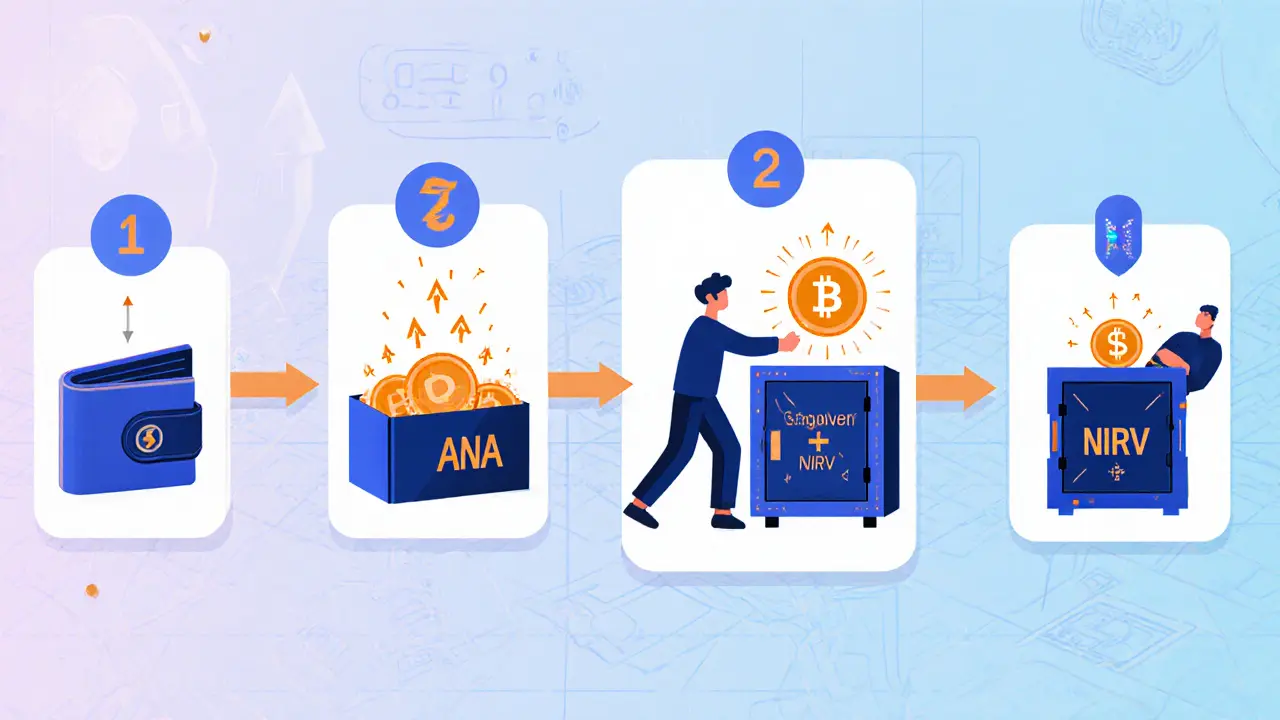
Technical Specs and On‑Chain Data
According to October2023 data, the circulating supply of ANA is exactly 7.5million tokens, giving a market cap of roughly $32.6million. Daily trading volume on Crypto.com was $2.6k, while LiveCoinWatch reported a high of $0.122191 per token - a stark discrepancy that highlights how thin the order books are.
The token contract follows the SPL standard (Solana’s equivalent of ERC‑20). There’s no public audit from CertiK, OpenZeppelin, or any major firm, so every smart‑contract interaction carries an unquantified risk.
Market Position and Liquidity
Ranking #35,619 by market cap (LiveCoinWatch) puts ANA in the bottom‑tier of crypto projects. It’s not listed on Binance’s centralized exchange, and the only “official” way to buy is via the Binance Web3Wallet linked to a decentralized exchange - a process that demands a solid grasp of wallet tech and gas fees.
Liquidity is the biggest red flag. With less than $3k of daily volume, a modest order can move the price dramatically, leading to slippage that can wipe out any potential yield from the negative‑interest loans.
Risks & Red Flags
- Transparency Gap: No whitepaper, no audit, and a missing GitHub repo make it hard to verify the code.
- Liquidity Crunch: Tiny trading volume means you might not be able to exit a position without a massive price impact.
- Regulatory Exposure: Algorithmic stablecoins are under increasing scrutiny after the TerraUSD collapse. Any regulatory clampdown could freeze the system.
- Technical Dependency: Solana’s occasional outages could halt loan issuance or redemption.
- Community Vacuum: No active Discord, Telegram, or Reddit threads, suggesting almost no real‑world users testing the model.
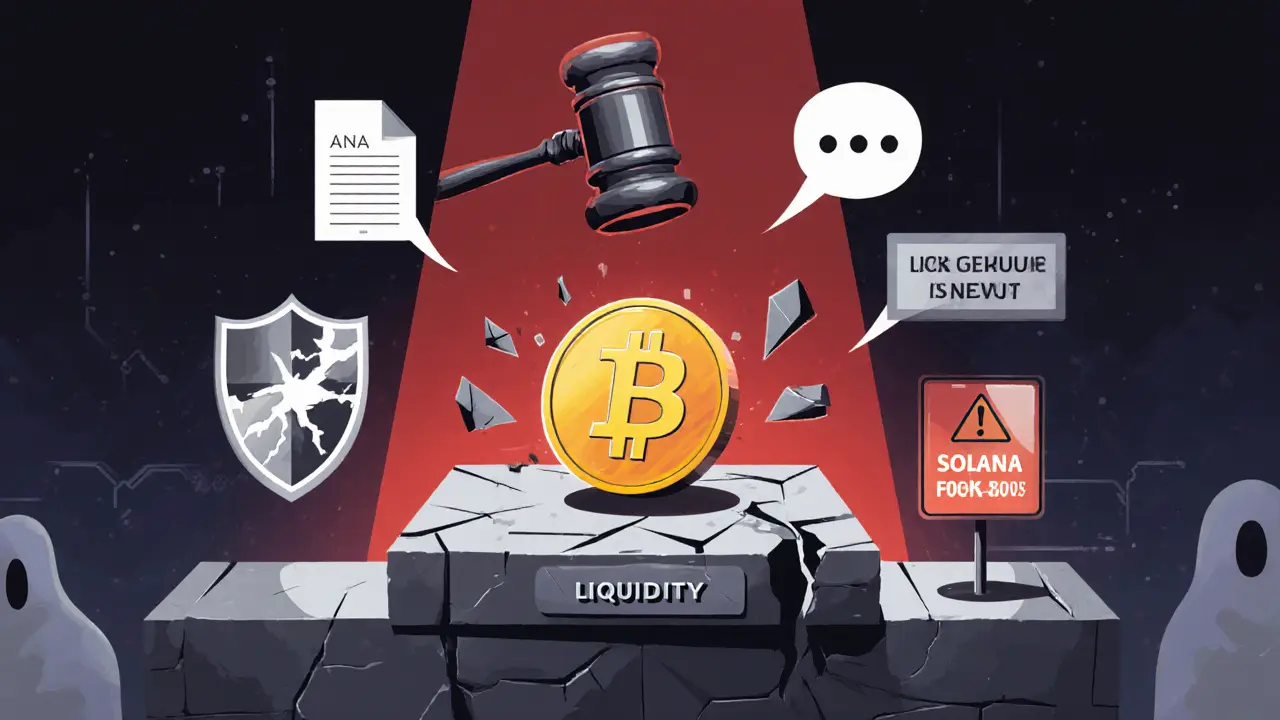
How to Acquire ANA (If You Still Want To)
- Install a Solana‑compatible wallet (Phantom, Solflare, or the Binance Web3Wallet).
- Buy SOL on a major exchange and transfer it to your wallet to cover transaction fees.
- Connect your wallet to a Solana DEX such as Raydium or Orca.
- Swap SOL (or another SPL token) for ANA using the token’s contract address.
- Store ANA safely; if you plan to mint NIRV, you’ll need to lock the tokens in the official contract.
Because ANA isn’t on centralized exchanges, you’ll always be dealing with higher slippage and the need to trust the DEX’s smart contracts.
Comparison with Other Algorithmic Stablecoins
| Metric | ANA / NIRV | Terra UST (pre‑crash) | Frax |
|---|---|---|---|
| Base Chain | Solana | Terra (Cosmos) | Ethereum & Optimism |
| Market Cap (Oct2023) | $32.5M | $2.3B (pre‑crash) | $1.1B |
| Liquidity (24h) | ~$2.6k | ~$180M | ~$30M |
| Audit Status | None publicly disclosed | None (pre‑crash) | CertiK, OpenZeppelin |
| Negative‑Interest Loans | Claimed, unverified | No | No |
Seeing the numbers side‑by‑side makes it clear why ANA is a niche experiment rather than a mainstream stablecoin.
Final Thoughts
If you love chasing obscure tokens and are comfortable with high‑risk, low‑liquidity playbooks, ANA might be an interesting sandbox. For most investors looking for a stable store of value or reliable DeFi yields, the safer bet is sticking with audited, widely adopted stablecoins like USDC or DAI.
Frequently Asked Questions
What is the difference between ANA and NIRV?
ANA is the algorithmic, speculative token that backs the system. NIRV is the super‑stable token meant to act like a low‑risk digital dollar. Users lock ANA to mint NIRV.
Can I earn yield by borrowing NIRV?
The protocol advertises a negative‑interest loan, meaning borrowers earn a tiny amount while they owe NIRV. However, no audit confirms this works in practice.
Is ANA listed on any major exchange?
No. ANA is only available via decentralized exchanges on Solana. Binance lists a guide for buying through its Web3 wallet, but the token isn’t on Binance’s spot market.
What are the main risks of holding ANA?
Key risks include extreme price volatility, almost non‑existent liquidity, no public audits, potential regulatory crackdowns on algorithmic stablecoins, and reliance on Solana’s network stability.
How does the twin‑token mechanism maintain NIRV’s stability?
When ANA’s price rises, the protocol mints more NIRV, expanding supply to keep the peg. When ANA falls, NIRV supply contracts, theoretically preserving its value. The math works only if ANA stays sufficiently liquid and priced accurately.


 Finance
Finance
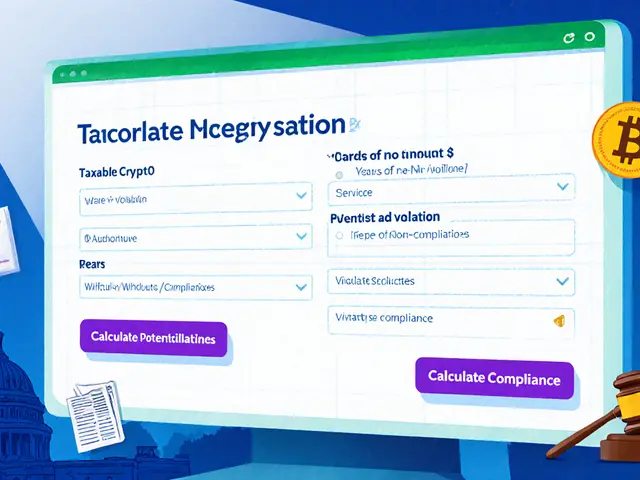
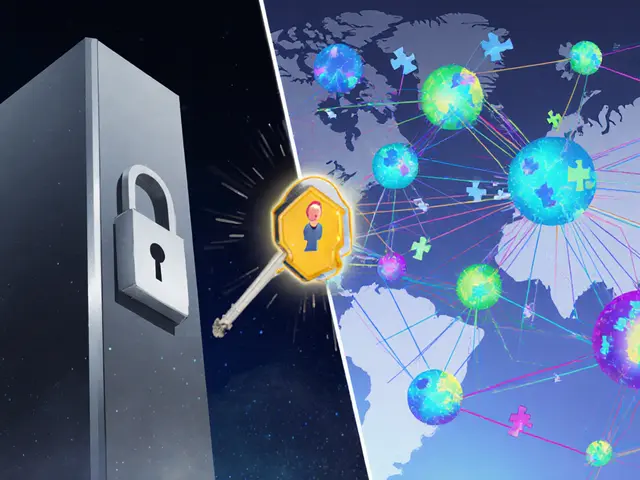
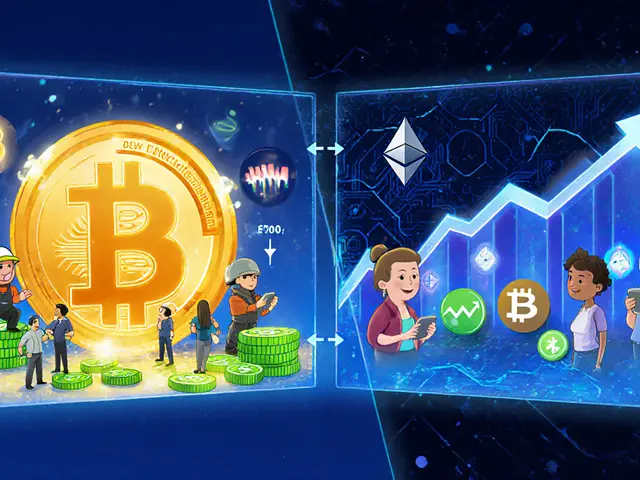
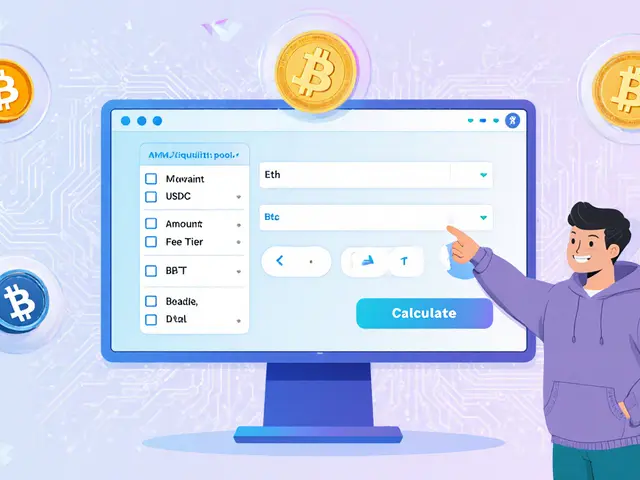
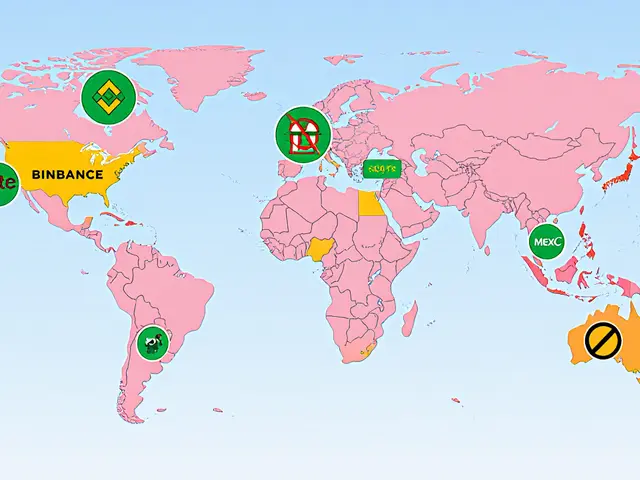
Write a comment